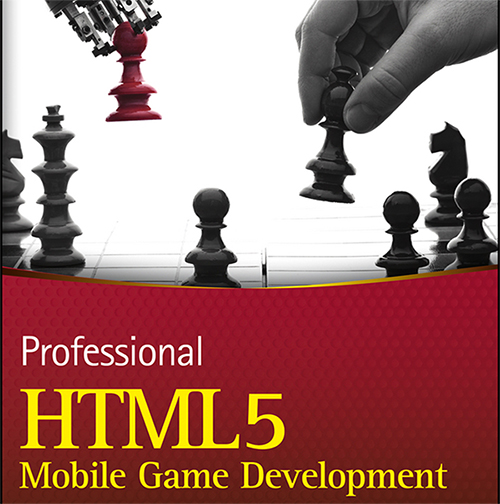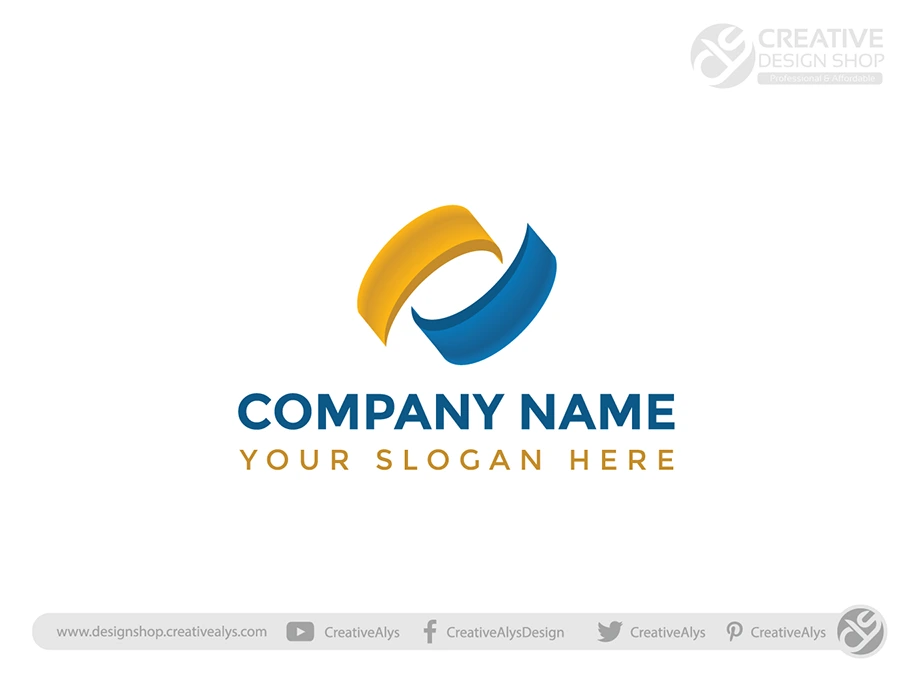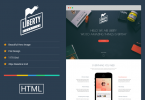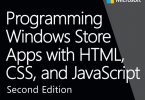Create mobile game apps for the lucrative gaming market.
If you’re an experienced developer seeking to break into the sizzling mobile game market, it is for you. Covering all mobile and touchscreen devices, including iPhones, iPads, Android, and WP7.5, this e-book takes you through the steps of building both single- and multi-player mobile games. Topics include standard patterns for building games in HTML5, what methods to choose for building (CSS3, SVG, or Canvas), popular game engines and frameworks, and much more. Best of all, code for six basic games is provided, so you can modify, further develop, and make it your own.
- Shows intermediate developers how to develop games in HTML5 and build games for iPhone, iPad, Android, and WP7.5 mobile and touchscreen devices
- Explains single-player and multi-player mobile game development
- Provides code for six basic games in a GitHub repository, so readers can collaborate and develop the code themselves
- Explores specific APIs to make games even more compelling, including geolocation, audio, and device orientation
- Reviews three popular open-source HTML5 game engines–crafty.js, easel.js, and enchant.js
- Covers simple physics as well as using an existing physics library
The world is going mobile, as is the game industry. Professional HTML5 Mobile Game Development helps savvy developers join in this exploding market.
Professional HTML5 Mobile Game Development
- Clarifies when to use each of the three primary methods for building an HTML game: CSS3, SVG, or Canvas
- Reviews the standard patterns for building real-time multiplayer games in HTML5
- Addresses JavaScript® game development basics
- Walks you through creating a 2-D platformer and building nontraditional multiplayer interfaces
- Reveals a variety of mobile enhancements such as geolocation, device orientation, accelerations, and sound
- Offers suggestions for packing up an HTML5 game to get it to the app store
Table of Contents
Part I: Diving In
Chapter 1. Flying Before You Walk
Chapter 2. Making It a Game
Chapter 3. Finishing Up and Going Mobile
Part II: Mobile HTML5
Chapter 4. HTML5 for Mobile
Chapter 5. Learning Some Helpful Libraries
Chapter 6. Being a Good Mobile Citizen
Part III: JavaScript Game Dev Basics
Chapter 7. Learning about Your HTML5 Game Development Environment
Chapter 8. Running JavaScript on the Command Line
Chapter 9. Bootstrapping the Quintus Engine: Part I
Chapter 10. Bootstrapping the Quintus Engine: Part II
Chapter 11. Bootstrapping the Quintus Engine: Part III
Part IV: Building Games with CSS3 and SVG
Chapter 12. Building Games with CSS3
Chapter 13. Crafting a CSS3 RPG
Chapter 14. Building Games with SVG and Physics
Part V: HTML5 Canvas
Chapter 15. Learning Canvas, the Hero of HTML5
Chapter 16. Getting Animated
Chapter 17. Playing with Pixels
Chapter 18. Creating a 2-D Platformer
Chapter 19. Building a Canvas Editor
Part VI: Multiplayer Gaming
Chapter 20. Building for Online and Social
Chapter 21. Going Real Time
Chapter 22. Building Nontraditional Games
Part VII: Mobile Enhancements
Chapter 23. Locating via Geolocation
Chapter 24. Querying Device Orientation and Acceleration
Chapter 25. Playing Sounds, the Mobile Achilles Heel
Part VIII: Game Engines and App Stores
Chapter 26. Using an HTML5 Game Engine
Chapter 27. Targeting App Stores
Chapter 28. Seeking Out What’s Next














